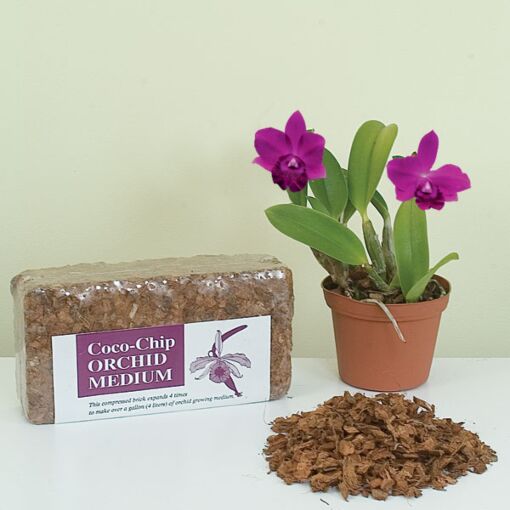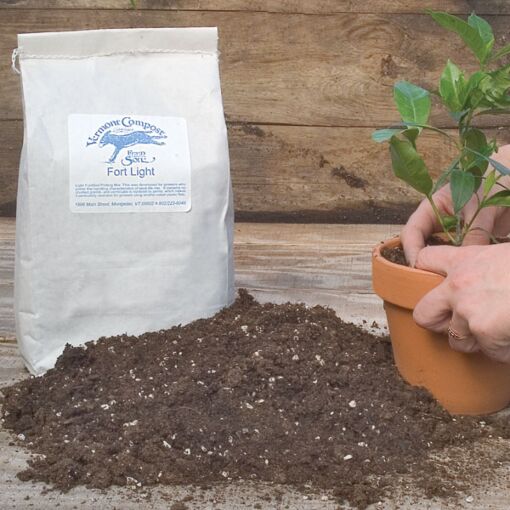Time to Fertilize and Repot your Tropical Plants

Time to Fertilize and Repot your Tropical Plants
By Laurelynn Martin and Byron Martin
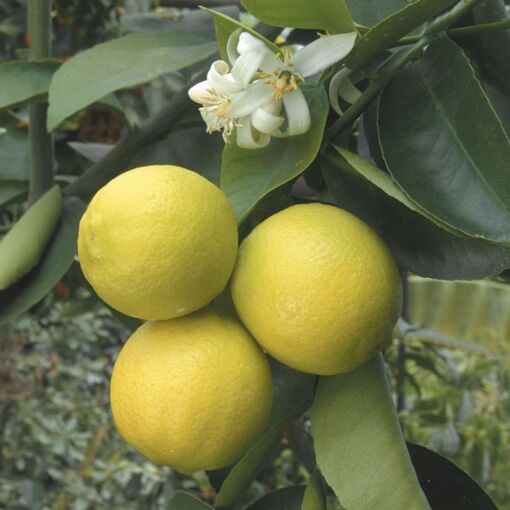
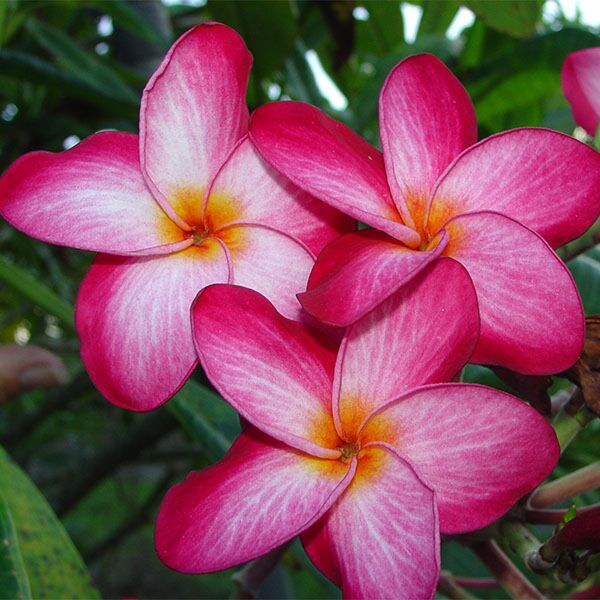 |
||
|
||
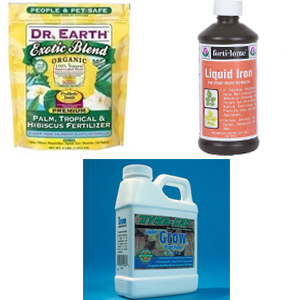 |
||
|
Left to right: Dr.Earth Exotic Blend |
||
|
|
||
Now that the Spring equinox has past, the light level and increasing day length have dramatically shifted in favor of plant growth. Plants come out of winter dormancy and start new growth for the season. Dormant plants, like plumerias, flush out new leaves from their bare stems. Bright young leaves will arise from a Rex Begonia adding wonderful color to your windowsill. Citrus plants will awaken your senses with their fragrant blossoms.
Time to Fertilize Your Plants
Now is the time to begin fertilizing your plants for the new growing season. After a long winter's nap, fertilizer provides all the necessary nutrients for healthy, vigorous plant growth as well as flowering and fruiting. Generally, it’s best to stop or greatly reduce fertilization over the winter months. Now that spring has arrived, it's time to amp up your fertilizer program. The rule of thumb is: when growing under full sunlight plants need more fertilizer; when growing under shade or low light plants need smaller amounts applied frequently to maximize the response. You can use either organic or chemical based liquid fertilizers depending on your preference. If you plan to fertilize each time you water, add ¼ tsp of a 15-15-15 fertilizer per one gallon of water. If you are only fertilizing once a week or if you use a lower analysis fertilizer you can go up to teaspoon per gallon of water. Water the plant with this solution for a week to ten days. After that, switch to clear water for a watering or two. This leaches out excess nutrients and prevents salt build up in the soil. You'll be amazed at the response. As the season progresses you can feed constantly at these rates as long as the light levels are high and minimum temperatures are above 60°F.
Top Dressing with Fertilizer
Another fertilizer alternative is to top dress or sprinkle a granular fertilizer or a slow-release fertilizer around the soil's surface. Top dressing is a preferred method for the busy gardener, eliminating mixing liquid fertilizers. Most top dressed organic fertilizers will last for several weeks while slow release fertilizers are usually good for about three months.
Repotting Your Plants
Spring is the ideal time to repot plants as the root systems are actively growing. The question is often asked when should I repot my plants? Repot plants when the plant is proportionately overwhelming the size of the container or the root system has completely filled the pot. However plants can stay in small containers for a long time and for the container gardener it maybe advantageous to maintain plants in restricted pots if space is at a premium and you want to restrict the size of the plant.
Remember pot bound plants don't necessarily have to look pale and thin-leafed. A full green plant is the result of proper watering, available plant nutrients and pruning, not pot size. The effect of restricting a plant's container can be slower growth with a dwarfing effect. However, if you want a large specimen and the plant is out-growing the pot, you should repot it.
If you need to repot your plant, remember to just go up to the next pot size. (For example a 4” pot should be planted in a 5” or 6” pot). Only increase the pot size 2” at a time. You do not want the plant having too much soil that can get overly wet and cold especially when the days are still short and plant are just waking up. When you tap the plant out of the pot, check the roots for health. Are they white with active growing tips? Is the root ball full of roots? Inspecting the root system is a good habit to get into as it tells you a great deal about the plant health and vigor.
Remember, springtime brings lush new growth but make sure to pay attention to your plants’ fertilizer needs to create your green paradise.


